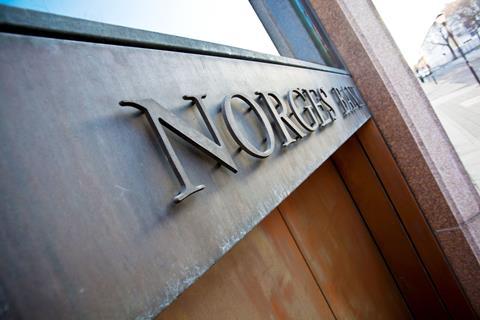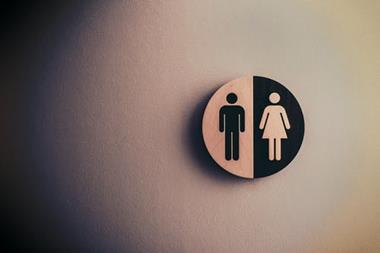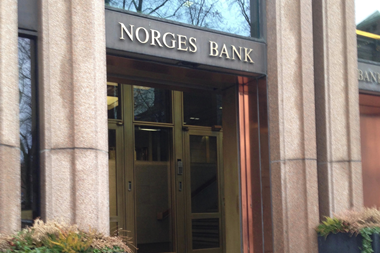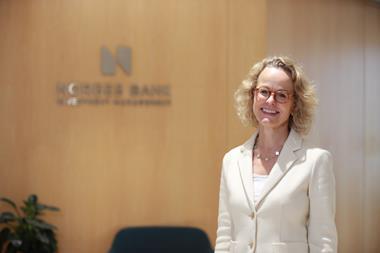Norway’s sovereign wealth fund has for the first time published details of the gender pay gap at its main Oslo office, revealing a picture of female staff in general taking home less pay than their male colleagues at the same level of seniority.
In its 2022 annual report released this morning, Norges Bank Investment Management (NBIM) published tables comparing median and mean remuneration between men and women at the organisation, both in terms of fixed salaries and total remuneration.
Alongside fixed salary, total remuneration at the central bank department also includes performance-based pay and overtime pay.
Mean total remuneration received by females is only 84% of the annual amount paid to males at the highest level of ’head’, while at the next level down, level one, women took home just 78% of the money gained by men on the same grade.
While the shortfall is much slimmer at each the next two grades down, levels two and three, it is only at the NBIM’s most junior level – level five – that women are shown to be paid more than men, as a mean average.
At level five, women received 103% of the remuneration enjoyed by men at the firm, the data showed.
NBIM said in the report that Norges Bank, the central bank of which it is a part, worked systematically on diversity, equality and inclusion, partly by increasing the share of female employees.
Norges Bank signed the Norwegian Women in Finance Charter in 2021.

The charter involves four principles that signatories commit to: setting internal targets for gender balance at senior management level; having a senior manager with dedicated responsibility for that work; reporting publicly on progress and; linking executive pay to performance against the targets.
“We want to increase the proportion of women working for the fund both in general and at management level,” NBIM said.
NBIM reported that only 29% of its 572-strong workforce was female in 2022, although that proportion was still up from 27% a year earlier.
At senior management level, the female quota was stable from 2021 at 23%, it said, although the proportion of female new recruits fell to 35% last year from 42% in 2021.
Explaining its gender pay gap, NBIM said in the report: “Pay gaps between women and men are due to men being over-represented in positions working on investment decisions.”
That kind of job was generally better paid in the market than positions at the same level in other areas, the manager of the NOK14trn (€1.2trn) Government Pension Fund Global said.
“Overtime payments also have an effect on the figures for total pay,” NBIM said, adding that men had generally worked relatively more overtime than women in 2022.
According to a report a month ago in Norwegian business daily DN, Elisabeth Bull Daae, head of trading analytics at NBIM, according to her LinkedIn profile, is currently suing Norges Bank for unjustified dismissal (ugyldig oppsigelse), having reportedly had her role changed while remaining at the organisation.
DN reported that the issue of equal pay was understood to be an important reason for the conflict.
A spokeswoman for NBIM confirmed to IPE that a lawsuit had been filed against Norges Bank by an employee, but said NBIM had no comments to make about it.
IPE Diversity & Inclusion 2023 Webinar
On 1 March, to mark the start of International Women’s Month, IPE held an online seminar to discuss the differences in retirement outcomes for men and women around the world and explore innovative, cutting-edge ideas to make retirement fairer.
With presentations from and conversations with international experts, the seminar took an in-depth, thorough examination of the root causes of gender pensions inequality, the potential policy landscape and innovative ideas to narrow the gap.
Visit the event’s website to view the recorded session
To read the digital edition of IPE’s latest magazine click here








































No comments yet